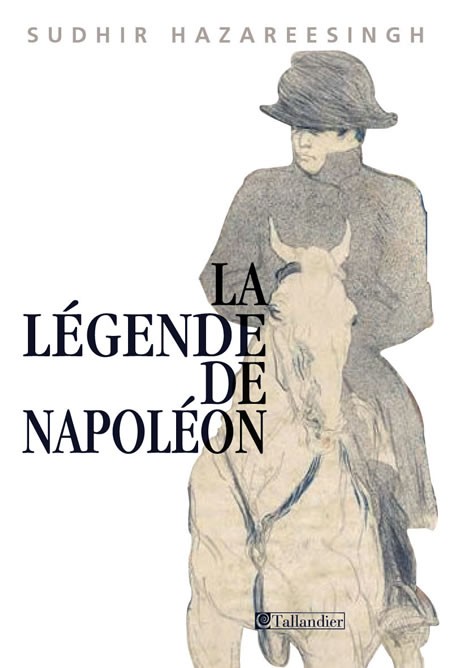History Prizes 2006
 FONDATION NAPOLÉON HISTORY GRAND PRIX
FONDATION NAPOLÉON HISTORY GRAND PRIX
Jacques GARNIER, Austerlitz, 2 décembre 1805, Paris, Fayard
From Tolstoy to Abel Gance, Austerlitz is as much a battle of legend as of history. Whilst it is true that Napoleon’s military genius was driven to its greatest achievement against the double enemy – Austria and Russia, the outcome was not however a forgone conclusion. Jacques Garnier here recounts in exhaustive detail, hour by hour, the prelude, the plan and the course of Napoleon’s most famous battle. If you only buy one book on Austerlitz, this should be the one.
 SECOND EMPIRE PRIZE
SECOND EMPIRE PRIZE
Sudhir HAZAREESINGH, La Légende de Napoléon, Paris, Tallandier
How did collective consciousness manifest its attachment to the emperor post 1815, what was the effect of this manifestation on French national culture? The book is based on many previously unexploited sources, and in it the author describes popular celebrations of the Napoleonic legend and shows how Napoleon was sometimes the incarnation of liberty and sometimes that of the protector of the Nation. In this subtle picture of the ideological and social complexity of the Napoleonic legend, the reader is given a new interpretation of the history of the 19th century.
 PRIZE FOR A BOOK IN A LANGUAGE OTHER THAN FRENCH
PRIZE FOR A BOOK IN A LANGUAGE OTHER THAN FRENCH
Michael BROERS, The Napoleonic Empire in Italy, 1796-1814, Palgrave Macmillan
This book takes a close view of the development of French Imperialism in Italy 1796-1815. Using the vocabulary of extra-European imperialism, words such as cultural imperialism, acculturation, assimilation, integration, and pacification, Broers considers each region of Napoleonic Italy in turn, namely, Piedmont, Liguria, Parma/Piacenza, Tuscany and the Papal States. Always the overarching question is: how and why did the Italians reject the effectively Revolutionary program of “regeneration” pursued by the French in Italy. In the first part, Broers considers the French ‘invasions’ of Italy, over the long period of 1796-1809. The second part deals with the problem of the new French regime in Italy and in particular the crucial interfaces where French and Italians came up close. It is entitled the “Phantom of integration”. Its central section is a detailed discussion (region by region) of Italian integrational difficulties with respect to the French imperial administration. The central discussion is related to the French policy of amalgame in Italy. The third part takes on the idea of cultural imperialism in a European context. It takes as it bedrock the change in imperial policy from the integration/amalgame of the earlier period to the assimilation (often enforced) of the latter. It also charts Italy’s fundamental rejection of France’s desires to “improve” Italy, and tries to plot the roots of Franco-Italian estrangement always with its attention firmly fixed on the problem as to why the Italians in the end rejected the French regime.
 PRIZE FOR FICTION
PRIZE FOR FICTION
Philippe THOMAS-DEREVOGE, Le Vizir, le plus illustre cheval de Napoléon, Paris, Éditions du Rocher
“Vizir” was given to the emperor in 1804 by Selim III, sultan of Turkey, and he was soon to become THE horse in Napoleon’s stables. Vizir was both brave and faithful and followed the emperor to the end of the Empire. Indeed, he was to outlive his master, dying in 1826. According to legend, the horse held at the Paris Musée de l’Armée is the very same animal.
